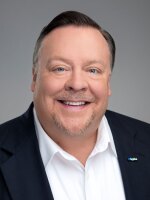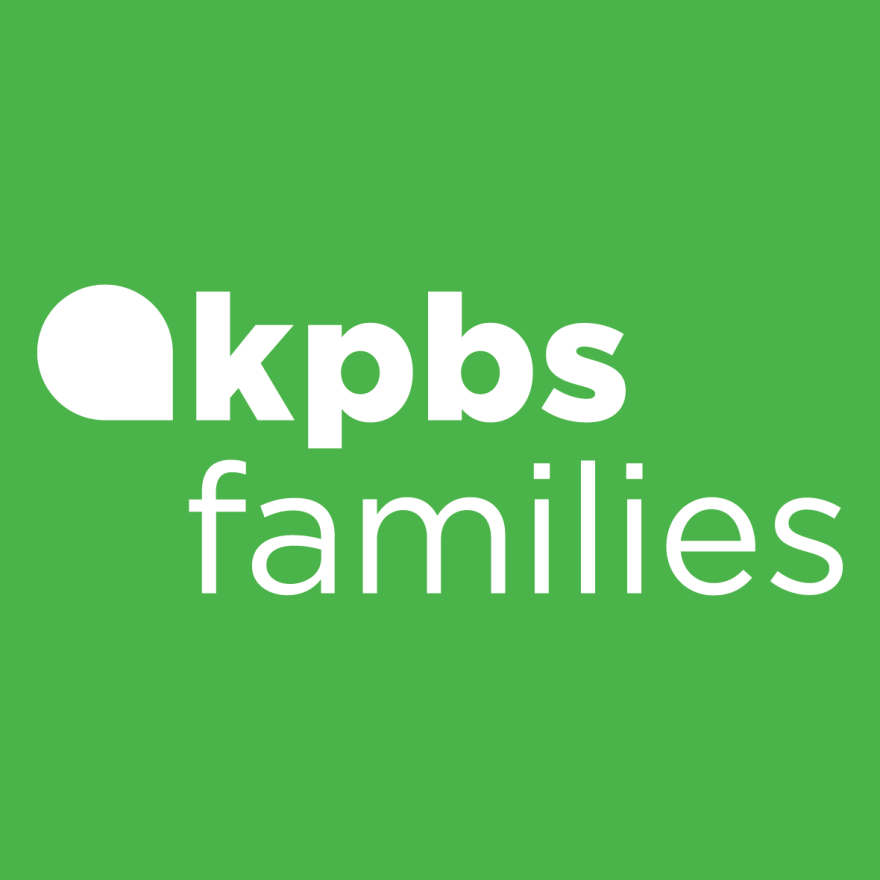Inside the walls of the New Children’s Museum, there are plenty of interactive experiences — art meant to spark creativity, exploration and a sense of belonging.
But now the museum has burst through its walls, figuratively speaking, to create "Iipay Nyechewuuw."
Iipay Nyechewuuw means "the People’s Garden" in the language of the Kumeyaay, and it's not in the museum. Instead, it's just across Island Avenue.
Utilizing a grant provided by SDG&E, the museum partnered with the Barona Indian Charter School, Barona Cultural Center and Museum and the San Diego Audubon Society to create a beautiful garden.
The creators were seventh graders from the charter school.

“Part of this experience was to learn art. This is not something that’s in all the educational systems," Laurie Egan-Hedley, director and curator of the Barona Cultural Center and Museum.
The experience for the children combines the creation of art with learning about plants used by their ancestors.
The students created this garden in late May, so the plants are all young. But their original purposes are not. The stories behind many of them are ancient.
“The Manzanita is ... a good wood source for tools, and you can also eat the berries," Egan-Hedley said.
There are sunflowers, but not the big kind. “This is the native variety, and they don’t get as big, but still just as beautiful," Egan-Hedley said.
There are mallows, lilacs and milkweed. The latter is not a plant used by the original inhabitants of this region, but it's great for Monarch butterflies.

When it comes to one particular plant in this garden, art meets function meets art. The plant is a lone prickly pear. In front of the plant, there is a stone with artwork depicting the plant. As far as function goes, the plant is edible. Back to the art — it turns out that the Native Americans used the barbs to create tattoos.
“Our access point for all that information is art," said Kurosh Yahyai, the studios manager at the New Children’s Museum. “When we have art programming out here, we’re going to do — for example — a scavenger hunt of all the plants that are in the space and maybe some of the bugs that live with them."
Though the garden was created by and is primarily for children, Yahyai said it’s also for the community to foster environmental education and climate literacy.
“We’re hoping that this fosters the whole ecosystem that wants to live here, from the bees to the butterflies, to all the little critters,” Yahyai said.
Even in its early days, Yahyai said the Iipay Nyechewuuw is already having an impact.

“I’ve also honestly seen that from folks walking by. They’re like, 'I want to do this in my place,' which is great. And then speaking to the California native plants and not just putting any plant in your place — just being aware of that I think is also tremendous," Yahyai said.
The New Children’s Museum plans on doing more and more programming in the garden as time goes on and the plants grow.
A fence will soon go up to keep it safe, but it will be open during the day; a place for people of all ages to come and learn something, perhaps to be inspired.
You could say a place where you reap what you sow: The harvest being a sense of calm in the middle of the city, and a deeper knowledge of and gratitude for the Kumeyaay people — the first humans who lived here.
-
San Diego has evolved from a taco stopover to one of the country's premier food destinations.
-
Sally J. Pla is a on mission to increase the number of children's books featuring neurodiverse characters and stories. Her latest book "The Fire, The Water, and Maudie McGinn" is her first book to feature a female protagonist.









